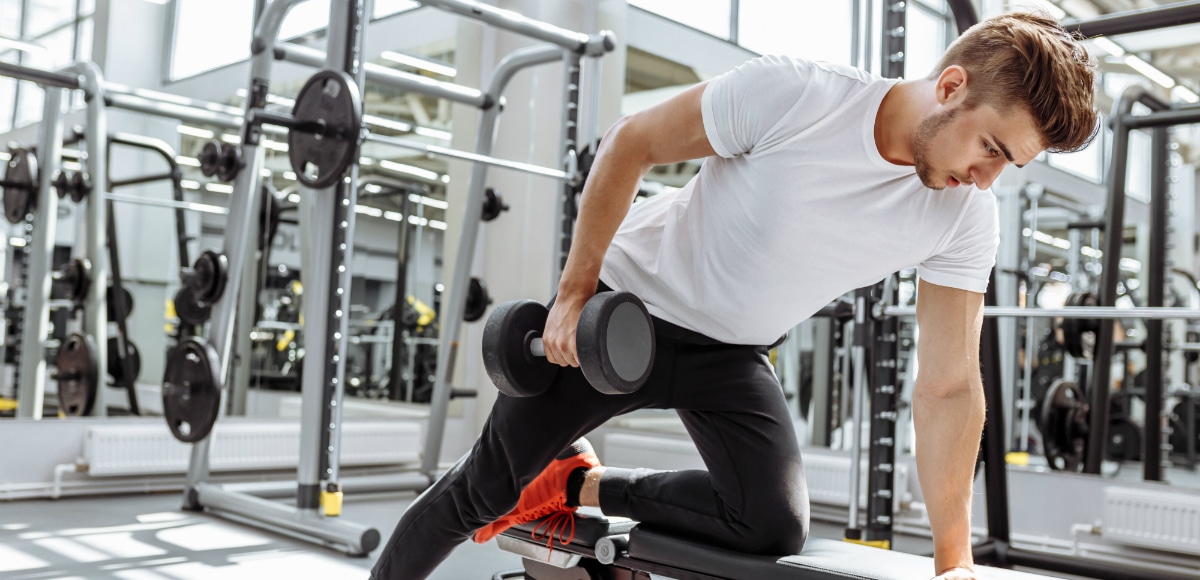An estimated 270 million people worldwide watch soccer, making it the most popular sport in the world. To compete in such a popular sport, players must be physically fit through a fitness workout for soccer players and possess a variety of technical and tactical abilities. Strength, agility, and speed are only a few skills that contribute to a person’s capacity to perform at a high level.
However, it is important to keep in mind that each position’s physiological and physical properties are distinct. This article reviews the physiological demands of soccer.
Workout Exercises For Soccer Players

The fitness of a soccer player is crucial to his performance in the game, and metabolic conditioning is used to achieve this. Maximal aerobic capacity has been found to have a favorable impact on metrics such as the amount of time a player is on the ball, the number of sprints they do during the match, and more.
You can also read about the fitness workout challenge ideas as such challenges are pretty good and motivating.
More: Yoga vs Cardio for Heart Health. 6 Benefits of Both
High-Intensity Interval Training
Because of the game’s physical demands, soccer players need to train at a high level of intensity, and the focus should be on brief bursts of high intensity to increase their aerobic and anaerobic capacity.
Small-Sided Games
All of us are well aware of how physically demanding soccer is and how active its players must be to succeed. For greater performance, soccer players are taught to play side games. This type of game is usually played in a series of intervals, each with a different number of participants, pitch size, and regulations.
Repeat Sprint Ability
Metabolic conditioning benefits from integrating skill components while also increasing player commitment and drive.
Acceleration And Speed
During a match, it is believed that players sprint between 1.5 and the length of the pitch, but on average, 17 meters. As a result, this emphasizes the need to develop speed before joining a soccer team.
Agility
Athletes are said to sprint an average of 17 meters during a match. Therefore, gaining speed before joining a soccer club is essential.
Strength And Power
To play soccer well, you need to build up your strength by kicking the ball, sprinting, tackling, and jumping.
Ballistic Resistance Training
At the end of the concentric movement, for example, a throw or a jump, an external resistance is unloaded (projected or released).
Weightlifting
To improve their overall stamina and agility, soccer players should incorporate weightlifting into their training regimen.
You will surely need workout equipment for getting to the results you wish especially if you want to lose weight. So, figure out what is the best workout gear for weight loss.
Plyometrics
Plyometric training aids in improving one’s ability to jump and hop, which is a crucial aspect of the game of soccer.
More: Benefits of Yoga vs Gym Workout. 9 Healthy Benefits of Both!
Program Design

Periodization
Traditional periodization tactics consist of these three steps, each carried out for around one month.
- General preparatory phase or accumulation phase
- Sport-specific preparatory phase
- Competition or realization phase
Transition
Following the end of the season in which the competition took place, there comes a period of transition before structured training begins. During this active rest phase, any signs of exhaustion, including musculoskeletal, neurological, and psychological, are worked off. During this period, it is recommended that you participate in unstructured recreational activities, low-intensity, and low-volume.
Injury Prevention
It is of the utmost importance that the soccer player does not get an injury throughout these periods. To avoid injuries, one must adhere to these straightforward guidelines.
- A pre-workout warm-up that places a greater emphasis on stretching
- Maintain a regular rest period
- Appropriate treatment followed by adequate rest and recovery time
- Training that emphasizes proprioception
- Protective equipment
- Comfortable and safe playing conditions
- Obeying the set of guidelines
More: Weight Loss At the Gym for Beginners Guide – Simple as ABC!
Conclusion
Soccer is a high-intensity, intermittent contact sport that needs physical and physiological skills. Soccer players must develop and maintain aerobic and anaerobic conditioning, speed, agility, strength, and power.
Off-season and preseason training should follow a typical periodized method. However, in-season training should be nontraditional (the competition period). This article gives S&C coaches the scientific research to improve soccer performance.
Frequently Asked Questions
What is the Fastest Way to Get Fitness For Soccer?
See the best exercises in the video.


